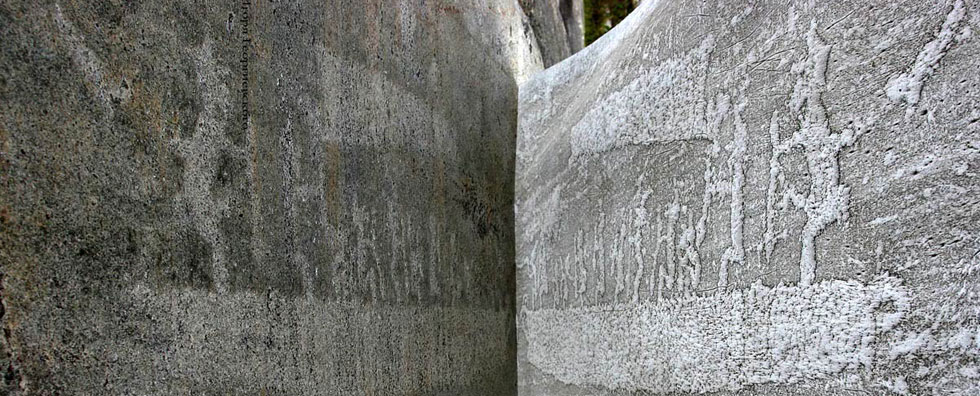
Issue №1, Vol. 21
Gavrilova O., Gryazkin A. Characteristic properties of spruce phytocenoses structure under conditions of intense anthropogenic impact // Resources and Technology. 2024. №1, Vol. 21. P. 86‒99.
DOI: 10.15393/j2.art.2024.7584
Characteristic properties of spruce phytocenoses structure under conditions of intense anthropogenic impact
| Gavrilova Olga Ivanovna | 1FGBOU VO "Petrozavodsk State University",, ogavril@mail.ru |
| Gryazkin Anatoly Vasilievich | St. Petersburg State Forestry University named after S.M. Kirov, lesovod@bk.ru |
|
Key words: phytocenosis structure; European spruce; aerial technogenic pollution; species composition |
Summary: The object of the study was spruce forests growing along the federal highway Murmansk — Saint Petersburg (960th kilometer of the highway) on different terrain elements. The inventory of the lower storey was performed on circular discount areas of 10 m2. At the same time, the height, age and condition of the understory and underwood, frequency and projective cover for all species in the composition of the living ground cover were recorded. Spruce forests in the roadside zone were experiencing intense anthropogenic impact due to a dense path network and traffic flows on the federal highway. The weak representation of individual forest components in these phytocenoses, poor species composition of vegetation in the living ground cover is shown. The stand featured a large number of dead trees (6—10 %) and windbreakage and windfall timber (8—15 %). The composition of the undergrowth was dominated by small specimens of spruce. The proportion of unviable undergrowth was more than 38 %, and the proportion of the dry one was about 10 % of the total amount of undergrowth. Single Quercus robur made about 100 specimens/ha. Other forest-forming species in the undergrowth were not identified. The undergrowth was represented by Sorbus aucuparia and Frangula alnus with a total number of about 3 thousand specimens/ha. The height of the main part of the undergrowth was 0.6 to 1.5 m. It was noted that the composition of the living ground cover was dominated by Vaccinium myrtilus, its frequency was 100 %, the projective cover was about 50 %. Green mosses covered most of the forest area with a projective cover of more than 50 %. Native species in the living ground cover were represented by a small number of Avenella flexuosa, Maianthemum bifolium and Vaccinium vitis-idaea. The light intensity mode under the canopy of the studied spruce forests varied with 4.32 thousand lux on the first experimental site and 5.34 thousand lux on the second one. This also resulted in the differences in the temperature regime of air and soil. The obtained materials may be used in assessing the state of forest phytocenoses experiencing intense external influence, as well as in the educational process. |
Displays: 553; Downloads: 311;




